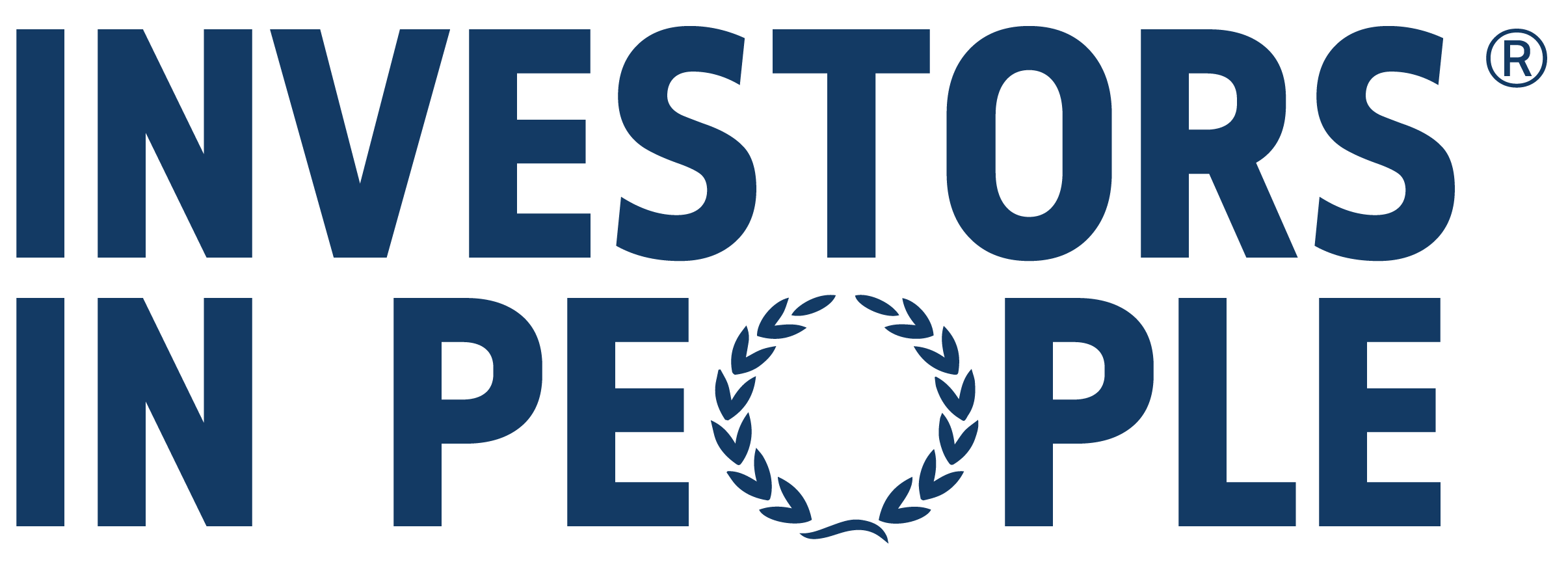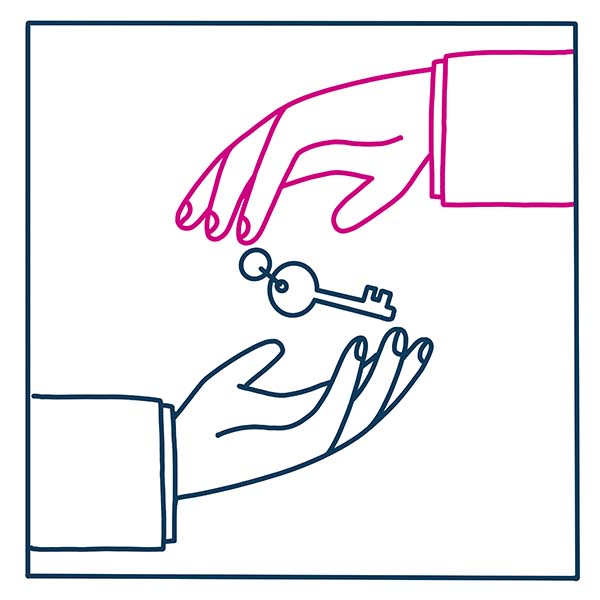Collaboration is an everyday reality for organisations looking to drive innovation and competitive advantage. It increasingly takes place virtually, due to rises in flexible working and the number of geographically-dispersed teams. Yet the online collaboration space is still embryonic, with limited research on how to ensure success. It’s clear, however, that two things are critical: trust and process. We explore both.
Online collaboration meaning: what is it?
It’s important to separate out online collaboration from online cooperation. Collaborative groups are interdependent and could not solve the problem more successfully alone. They rely on each other for a superior result and their contribution is bound up in the final product, which they are judged on.
In contrast, the contribution of individuals in cooperative groups is clearly delineated from the final product. Individuals are ultimately judged and judge themselves on the quality of their personal contribution, even though it makes up part of the final product.
The takeaway is this: there is more at stake in collaborative groups and more potential for friction. Success or failure are shared outcomes. Trust, the cornerstone of interpersonal bonding, becomes critical, as does the collaborative process itself.
Online collaboration ideas: three forms of trust to nurture
Familiarity and social trust
Hathorn and Ingram say it’s essential for group members to get to know each other to facilitate strong collaboration. Anonymity “increases the psychological distance” and makes it difficult to sustain interactions between members. Interactions in the online space fuel the collaborative process, so if these interactions are poor, collaboration will suffer.
The more people understand each other, including backgrounds, cultural beliefs, professional history and more, the less likely friction will occur. Why? Because they are more likely to understand why everyone says and does what they do. Getting to know one another helps reinforce in-group connections, which breaks down barriers and reduces friction.
Belief in shared goals and outcomes
Collaborative teams must work towards a shared goal they all believe in. If one member doesn’t think another one believes in the goal, it’s very hard to sustain a positive working relationship with that person. Belief in a shared goal ultimately encourages trust.
Visioning is a key task here: project leaders must demonstrate clear priorities and goals for the project and encourage team members to reflect and repeat these to ensure mutual understanding.
Each person’s role and responsibilities must also be made clear to everyone else, so that every individual has a clear role to play in reaching the shared goal and is seen publicly to acknowledge that role.
Emotional and professional investment
We need to believe that others are as invested in the collaborative project as we are. Group size is an important consideration here. With group size and ‘social loafing’, people are prone to exert less effort in a larger group – were positively correlated. In other words, the group must be small enough to make everyone’s participation visible.
However, it’s also important that all members have similar, appropriate KPIs linked to the project. Employees working on-site may struggle to prioritise virtual collaborative projects. This is because they just aren’t as ‘visible’ as projects happening in the ‘real world.’ Strong, stretching KPIs help focus their minds.
And there’s another reason KPIs are a good idea. Business is about being efficient, which is about finding the most direct method to solve a problem. Collaboration often takes longer than working in isolation. However, the trade-off is a superior result. Individuals must be incentivised to take the longer route to success.
Online collaboration ideas: three parts of a smooth process
‘Topic setting’ at key times
A study by Yang et al (2014) found that students found it hard to collaborate if they did not have sufficient background knowledge of the topic at hand. Essentially, making ‘topic setting’ a core part of a successful collaborative process. This can happen at the beginning – at a strategic level – and as the collaborative project moves along, at key milestones and stages.
With a diverse group, everyone will have different knowledge levels around the collaborative project. Therefore you’ll be starting from a non-equal base. This can be an advantage because the range of ideas generated will be diverse. It’s important that everyone has a base level of knowledge in order to facilitate frictionless interactions.
Expectation setting: communication and participation
Mismatched expectations undermine online collaboration success. This can happen in many areas, such as expectations around deadlines. Some people may need to wait for others to contribute before they can. Often, this leads to frustration if deadlines are missed. Good communication can turn these negative experiences into positive experiences.
Another common area for mismatched expectations is silence. If one group member posts a question and receives nothing back, it can feel like rejection, which is painful. At the same time, people shouldn’t be expected to contribute just for the sake of contributing. Finding a balance that works for all group members is key.
There are many areas around expectations to agree on. Key areas include:
- How do we communicate we’ve hit an obstacle, and who do we tell?
- How do we respond to silence? Is silence acceptable?
- How do we deal with disagreements?
- Do we need to agree on how we use notifications, to encourage regular participation?
- What sort of etiquette should we show each other in non-verbal, computer-mediated discussion?
Regular debriefs
Debriefing is an excellent tool to enable continuous improvement. The idea is simple: to come together as a group, following key milestones or events, to work out what went well and what could have gone better.
This is an essential tool in online collaboration for a few reasons. Firstly, it creates a shared, safe space where people can speak freely, which is important because most online collaboration relies on text-based communication, which is not very personable.
It also allows the collaborative process to evolve, which is critical. Of all the organisational processes at play in the modern world, online collaboration is one that never goes out of beta. The collaborative process must be refined and honed to suit the ongoing needs of the organisation.
Finally, it allows all members a chance to understand and critique each others’ approach to tackling their tasks. This is important because in collaborative projects it’s hard to identify individual contributions in the final product. Therefore it’s important people feel able to influence all moving parts in the process.
Interested in unlocking creativity in the workplace? Take a look at our piece on seven surprising truths about creativity at work.Alternatively, read up on five ways you can enhance communication in virtual teams.






